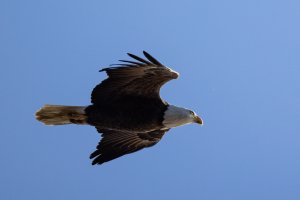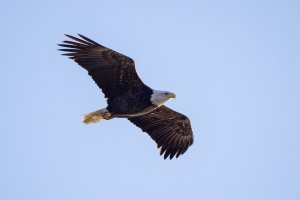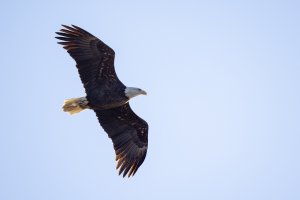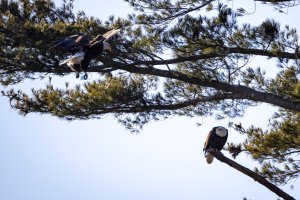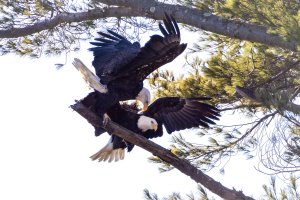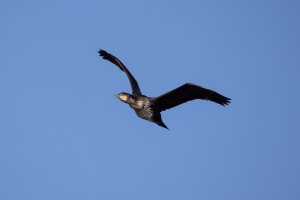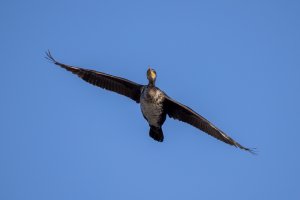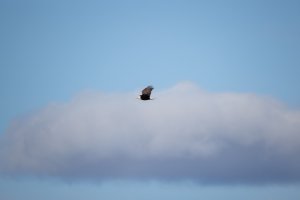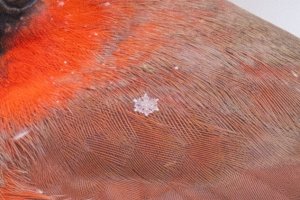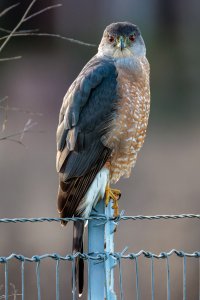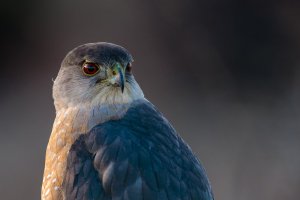You are using an out of date browser. It may not display this or other websites correctly.
You should upgrade or use an alternative browser.
You should upgrade or use an alternative browser.
RF 200-800mm f/6.3-9 IS USM
- Thread starter LSXPhotog
- Start date
Upvote
0
Backing off and not using it as much at 800 mm is paying some dividends, 600-750 mm seems like a sweet spot. Also, electronic shutter seems to help the AF a bit in low light.
R5, RF 200-800 @ 672 mm, 1/800, f/9 ISO 3200...cropped to ~2.8 MP
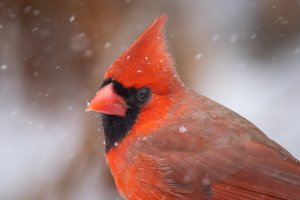
same as above, 3.9 MPs
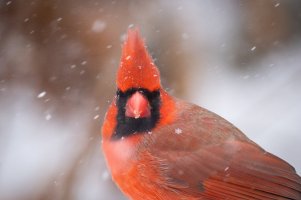
Same settings as above, 15.3 MPs (so, almost a cropped sensor on the R5), exported to 2500px
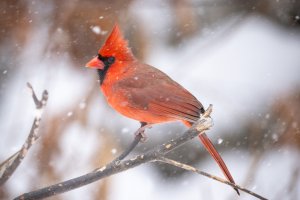
@800 mm, same settings. 21.1 MPs, exported to 2500
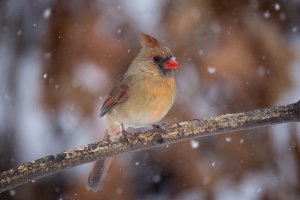
R5, RF 200-800 @ 672 mm, 1/800, f/9 ISO 3200...cropped to ~2.8 MP

same as above, 3.9 MPs

Same settings as above, 15.3 MPs (so, almost a cropped sensor on the R5), exported to 2500px

@800 mm, same settings. 21.1 MPs, exported to 2500

Upvote
0
Wow, great variety and shots!So I went out to a local park that has a great combination of estuary and trees that birds like to frequent. It did not disappoint.
BTW...my first cedar Waxwing....
View attachment 214192
View attachment 214193
View attachment 214194
View attachment 214195
View attachment 214196
View attachment 214200
View attachment 214198
And one more from my feeder from yesterday (rainy).
View attachment 214199
Upvote
0
Excellent series!
Did you happen to see this perfect snow flake?
Yep...
Upvote
0
From what I have seen, I think you are correct in your observation of a sweet spot. I don't think it loses resolution going from 700 to 800, but it doesn't gain much, if any, either, so it really gets down to how much magnification you want. If you are shooting an R5 or R7, then you can go to 650 or 700 and get more of the background in the image without losing much, if any, detail. If you are shooting an R6, then the move to 800 might well be advantageous.Backing off and not using it as much at 800 mm is paying some dividends, 600-750 mm seems like a sweet spot. Also, electronic shutter seems to help the AF a bit in low light.
R5, RF 200-800 @ 672 mm, 1/800, f/9 ISO 3200...cropped to ~2.8 MP
same as above, 3.9 MPs
Same settings as above, 15.3 MPs (so, almost a cropped sensor on the R5), exported to 2500px
@800 mm, same settings. 21.1 MPs, exported to 2500
Upvote
0
I used the RF 200-800 for a full day while walking different preserves in the Tampa/Bradenton area of Florida.
Pointing out the obvious, which is my specialty, it is nice to have a zoom range. My usage from the day when I exclusively used the 200-800 on my R5:
As an illustration as how this might be used....walking amongst some mangroves, seeing an ibis to your right. But the body is obscured so, headshot:
RF 200-800 @ 800, 1/160, f/9, ISO 400 (could I have increased ISO for shutterspeed...yes, I think I could have)
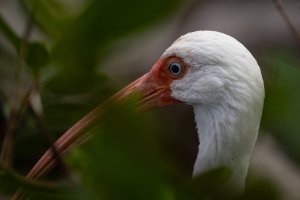
Then the Ibis moves into a small opening:
@ 268 mm (otherwise same settings)
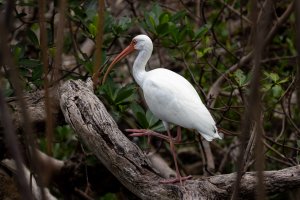
Then you see something a bit further off...cropped to 3301x4949, @800 mm, 1/160, f/9, ISO1600
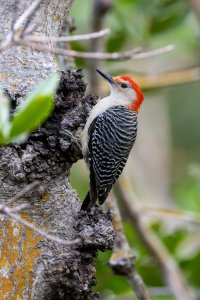
There was a span of 1 minute between those images (3:22 pm to 3:23 pm).
This is why I wanted this lens.
Pointing out the obvious, which is my specialty, it is nice to have a zoom range. My usage from the day when I exclusively used the 200-800 on my R5:
Focal Length | Images | Usage (%) |
200-299 | 69 | 8% |
300-399 | 53 | 6% |
400-499 | 135 | 16% |
500-599 | 59 | 7% |
600-699 | 177 | 20% |
700-799 | 99 | 11% |
800 | 278 | 32% |
Total Images | 870 | |
As an illustration as how this might be used....walking amongst some mangroves, seeing an ibis to your right. But the body is obscured so, headshot:
RF 200-800 @ 800, 1/160, f/9, ISO 400 (could I have increased ISO for shutterspeed...yes, I think I could have)

Then the Ibis moves into a small opening:
@ 268 mm (otherwise same settings)

Then you see something a bit further off...cropped to 3301x4949, @800 mm, 1/160, f/9, ISO1600

There was a span of 1 minute between those images (3:22 pm to 3:23 pm).
This is why I wanted this lens.
Last edited:
Upvote
0
I've finally had some time and went to the Bronx Zoo to test the 200-800.
This was my first time I used the lens. Unfortunately the weather was hot and damp and not too bright.
Some considerations:
The good: the range is super useful in a zoo. The non removable tripod foot in up position is useful as carry on handle. Build quality feels very good.
The bad: it is big and heavy. Definitely you feel it after a little while. The throw of the zoom is quite long, meaning you have to twist the zoom ring a lot to go from 200 to 800 and it takes time and effort. I am not a fan of non-L lenses using the same ring gor MF and control ring: It is too small and not great for MF. The biggest issue is that at 800mm you are limited to f/9 and if there is not a lot of light (i.e. animal in the shade) then AF can struggle. This is where bright prime have a definite advantage.
Neutral: people do notice it
The big one: image quality… All in all I like the image quality, considered it is a non-L zoom. A lot of shots were OOF and I think it’s inevitable with f/9 and dark subjects. I was expecting it to be soft at 800mm but I was positively surprised. Of course it is a dark lens and long as well, so you need high ISO to keep shutter speed fast.
Here are some samples - I do not claim any artistic merit
This was my first time I used the lens. Unfortunately the weather was hot and damp and not too bright.
Some considerations:
The good: the range is super useful in a zoo. The non removable tripod foot in up position is useful as carry on handle. Build quality feels very good.
The bad: it is big and heavy. Definitely you feel it after a little while. The throw of the zoom is quite long, meaning you have to twist the zoom ring a lot to go from 200 to 800 and it takes time and effort. I am not a fan of non-L lenses using the same ring gor MF and control ring: It is too small and not great for MF. The biggest issue is that at 800mm you are limited to f/9 and if there is not a lot of light (i.e. animal in the shade) then AF can struggle. This is where bright prime have a definite advantage.
Neutral: people do notice it
The big one: image quality… All in all I like the image quality, considered it is a non-L zoom. A lot of shots were OOF and I think it’s inevitable with f/9 and dark subjects. I was expecting it to be soft at 800mm but I was positively surprised. Of course it is a dark lens and long as well, so you need high ISO to keep shutter speed fast.
Here are some samples - I do not claim any artistic merit
Attachments
-
 _98A8407-Enhanced-NR.jpg2.2 MB · Views: 10
_98A8407-Enhanced-NR.jpg2.2 MB · Views: 10 -
 _98A9487-Enhanced-NR.jpg849.7 KB · Views: 12
_98A9487-Enhanced-NR.jpg849.7 KB · Views: 12 -
 _98A9378-Enhanced-NR.jpg2.2 MB · Views: 11
_98A9378-Enhanced-NR.jpg2.2 MB · Views: 11 -
 _98A9286-Enhanced-NR.jpg2.8 MB · Views: 10
_98A9286-Enhanced-NR.jpg2.8 MB · Views: 10 -
 _98A9203-Enhanced-NR.jpg1.4 MB · Views: 9
_98A9203-Enhanced-NR.jpg1.4 MB · Views: 9 -
 _98A8745-Enhanced-NR.jpg1.5 MB · Views: 11
_98A8745-Enhanced-NR.jpg1.5 MB · Views: 11 -
 _98A8673-Enhanced-NR.jpg1.6 MB · Views: 11
_98A8673-Enhanced-NR.jpg1.6 MB · Views: 11 -
 _98A8582-Enhanced-NR.jpg1.9 MB · Views: 12
_98A8582-Enhanced-NR.jpg1.9 MB · Views: 12 -
 _98A8327-Enhanced-NR.jpg2.2 MB · Views: 11
_98A8327-Enhanced-NR.jpg2.2 MB · Views: 11 -
 _98A8273-Enhanced-NR.jpg1.5 MB · Views: 12
_98A8273-Enhanced-NR.jpg1.5 MB · Views: 12
Upvote
0
While I saw several potential uses for the RF 200-800 when I decided to buy it, one really stood out for me, a lighter/smaller supertelephoto to use while kayaking.
I have been out with it several times this summer, and it is great. Still has the same weaknesses (focusing in low light), but I really do appreciate not having to pull my EF 500 f/4 II out while in a kayak.
I picked up a Think Tank Digital Holster 150 that holds the lens with the R5 mounted with the lens hood reversed. Then I put the digital holster into a NRS dry bag. I am using the 35L, but the 25L would likely be better.
As for a few pictures....



Enjoy!
I have been out with it several times this summer, and it is great. Still has the same weaknesses (focusing in low light), but I really do appreciate not having to pull my EF 500 f/4 II out while in a kayak.
I picked up a Think Tank Digital Holster 150 that holds the lens with the R5 mounted with the lens hood reversed. Then I put the digital holster into a NRS dry bag. I am using the 35L, but the 25L would likely be better.
As for a few pictures....



Enjoy!
Upvote
0
Similar threads
- Replies
- 123
- Views
- 13K

